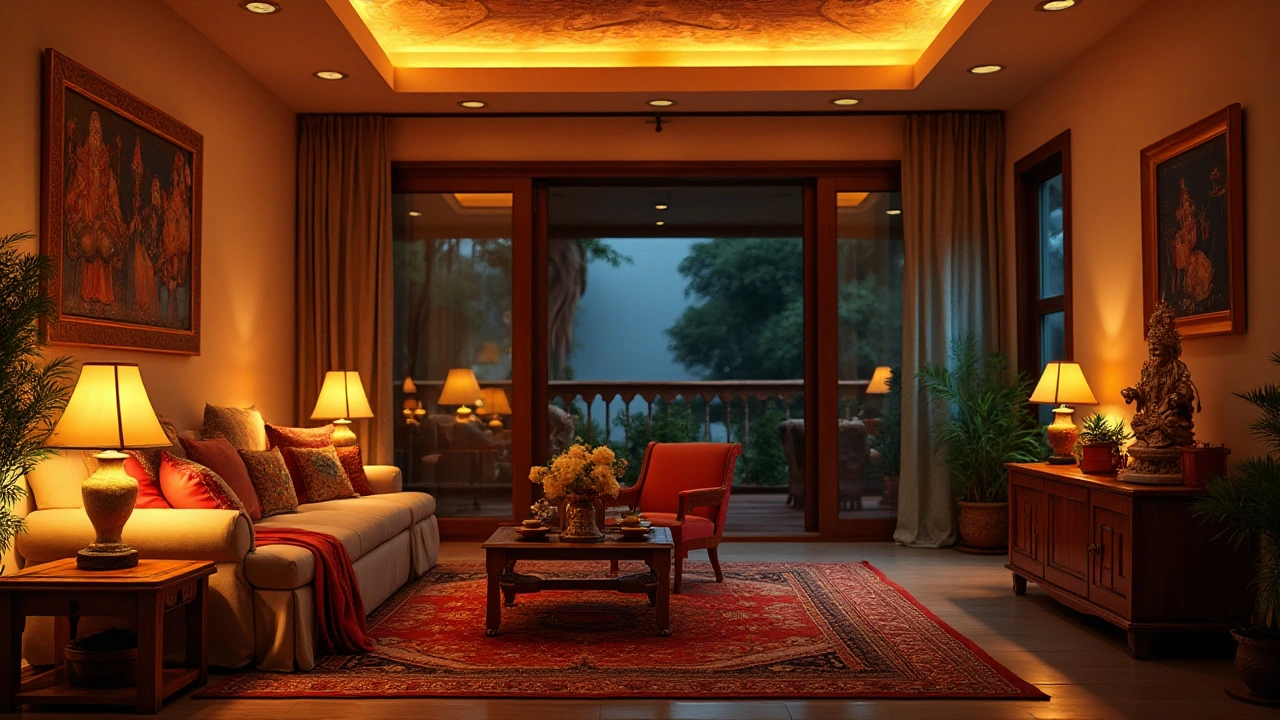Home Lighting: Bright Ideas for Sustainable Living
When planning home lighting, the system of illumination used inside a residence to create comfort, safety, and style. Also known as residential lighting, it sets mood, supports daily tasks, and can cut energy bills when done right.
Choosing LED lighting, high‑efficiency fixtures that last years while using a fraction of the power of traditional bulbs is the first step toward a greener home. Smart lighting controls, wireless dimmers, timers and motion sensors that let you automate brightness and schedule take that efficiency further, because they require a compatible hub or app to manage scenes. The natural daylight that streams through windows influences lighting design by providing free illumination and reducing the need for artificial fixtures during the day. If you’re looking to upgrade your home lighting, consider how these elements work together: LED fixtures supply the core light source, smart controls fine‑tune usage, and daylight fills gaps, creating a balanced, energy‑smart environment.
Key Elements of Sustainable Home Lighting
First, assess the function of each room. Kitchens and workspaces benefit from bright, directional LED strips or recessed cans that minimize shadows. Living areas thrive on layered lighting – ambient ceiling LEDs, accent spotlights for artwork, and warm floor lamps for coziness. Bedrooms need softer, dimmable fixtures to promote relaxation; here, smart dimmers can schedule lower light levels as bedtime approaches.
Second, map out natural light sources. South‑facing windows in India receive the most sun, so place task lighting away from glare and use sheer curtains to diffuse excess brightness. North‑facing rooms may need additional uplights to compensate for lower daylight. By aligning artificial fixtures with daylight patterns, you reduce overlap and keep electricity use low.
Third, integrate smart controls strategically. Motion sensors in hallways and bathrooms prevent lights from staying on unnoticed. Time‑based routines can switch off outdoor floodlights after midnight, while sunrise‑simulating schedules in bedrooms help regulate circadian rhythms. Most smart hubs also provide energy‑usage reports, letting you spot wasteful habits and tweak settings.
Finally, choose the right color temperature. Cool‑white LEDs (4000‑5000 K) enhance focus in kitchens and offices, while warm‑white LEDs (2700‑3000 K) create a welcoming atmosphere in living rooms and bedrooms. Mixing temperatures in a single space can create visual conflict, so stick to a consistent palette per zone.
All these practices tie back to the core idea that home lighting isn’t just about brightness; it’s a blend of technology, design, and natural resources that together lower costs and improve wellbeing. Below you’ll find articles that dive deeper into each of these topics – from practical placement guides to energy‑saving tricks – giving you actionable steps to transform every room in your house.
Choosing the right lighting for your home can transform your living space, enhancing both functionality and mood. From understanding the importance of color temperature to exploring innovative smart lighting solutions, this article offers practical insights into selecting ideal lighting for different rooms. Discover how to balance aesthetics and practicality in your lighting choices, and learn why layering lighting types can help create the perfect ambiance. Elevate your home environment with these expert-backed lighting tips.
View more
